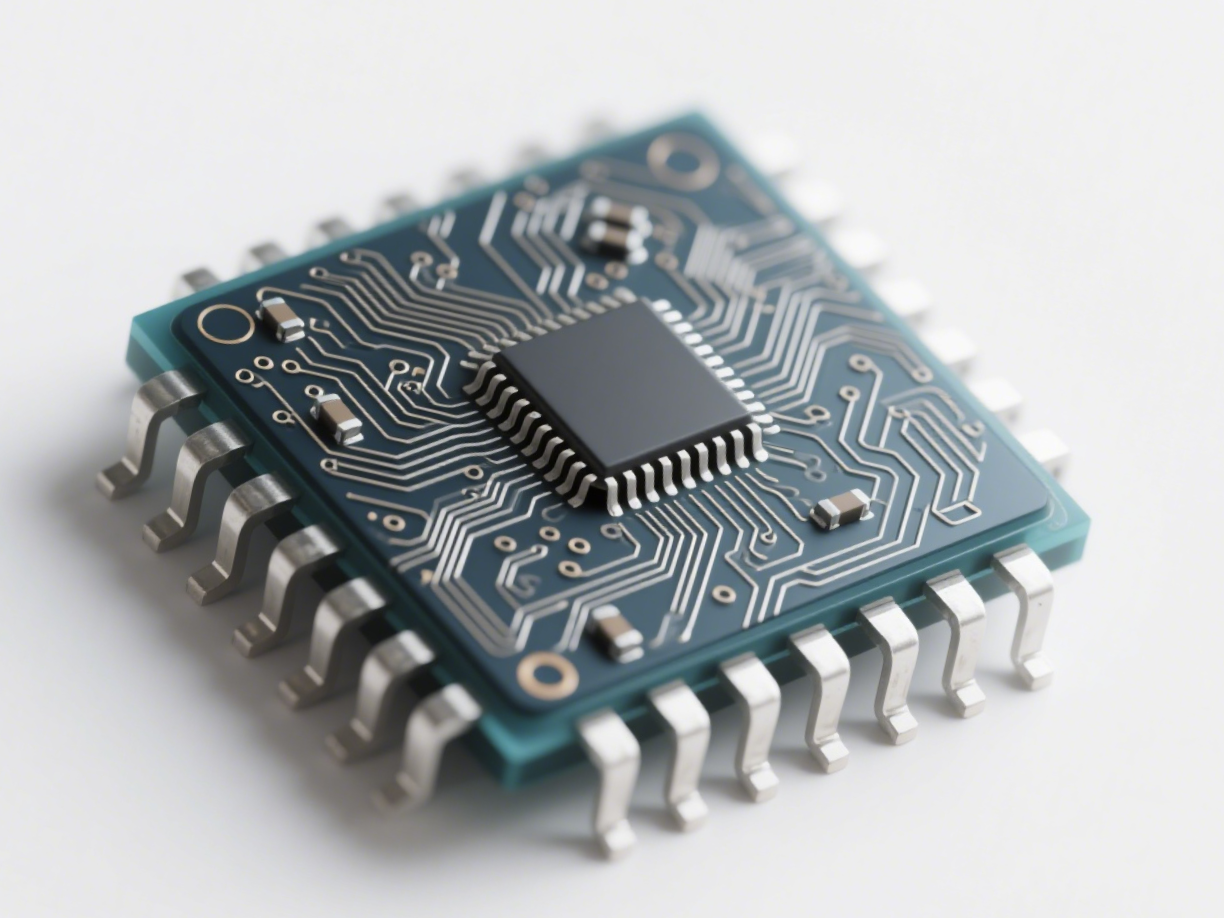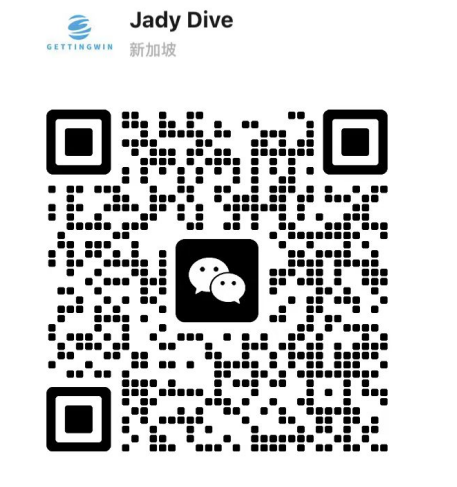End Conclusion
Even the Chip Export Business Is Getting Competitive
---
01. Chip Exports Aren’t as Easy as Before
For the still-recovering spot chip market, exports were seen as a better alternative to the hyper-competitive domestic trade—higher profits, shorter payment terms from foreign buyers.
Last year, chip exports indeed fared better than domestic trade, with increased demand driven partly by external factors like the U.S. election. Around the Lunar New Year, exports also saw a brief demand spike, similar to domestic trade.
But now, despite frequent inquiries, many chip exporters feel the market is getting tougher. The most obvious sign? Shrinking margins.
Tim, a chip export specialist, notes that after the tariff wars, the market returned to stagnation—demand exists, but few deals close, and prices remain at rock bottom. "There’s no lowest price, only lower."
For example, a chip with a cost of $0.4+ was quoted at $0.5+, but competitors offered $0.2 or even $0.18. Sandy, another exporter, faced the same issue: a batch of passive components cost $0.4, but even a $0.42 quote lost the order.
Low-margin competition is now the norm. Some distributors hesitate to accept orders because profits vanish after channel cuts, only to lose the deal entirely. On social media, exporters admit taking orders at 0.1% margins or even losses just to keep clients. "Can’t blame clients for chasing lower prices—competitors are trying to kill each other," Tim sighs.
Clients are also becoming more demanding. Sandy recalls an overseas trader requesting thousands of passive components but insisting on branded imports and price comparisons. Others note buyers now solicit dozens of quotes per request.
Payment terms, once a perk of exports, are also worsening. Sandy says small clients once paid in 30 days, but now push for 60. Tim mentions some large clients owe suppliers for months, with unpaid bills piling up.
Winning new clients is harder too. Cold emails and independent websites rarely get responses. "It’s a battle of financial endurance now—who can outlast the others?"
--- "Even accepting large export orders at 0.1% gross margin + extended payment terms—sometimes even selling at a loss—just to retain clients."
--- 
02. Why Is Chip Export Getting More Competitive?
Compared to domestic trade, Chinese chip distributors face extra hurdles in securing overseas demand.
Some foreign clients prioritize sourcing directly from manufacturers, then authorized distributors, local traders, and finally Chinese suppliers.
Global demand is also weakening. One distributor visiting multiple countries found economies struggling—"even foreigners are feeling the squeeze."
Some nations are reshoring manufacturing, reducing orders to Chinese suppliers. Sandy notes most requests now are for hard-to-find parts.
While inquiries are plentiful, actual demand is thin. Distributors serving end-users or sub-distributors fare better than those reliant on trading clients.
Though some overseas buyers still destock, others have resumed production, placing orders directly with manufacturers or authorized distributors—bypassing traders. Tim confirms: "Original manufacturers and agents are doing well."
Most Chinese exporters serve overseas wholesalers (mainly in Europe/U.S.), but regional giants like WT Micro, WPG Holdings, Arrow, and Avnet report stronger Asia-Pacific performance. Hence, exporters feel the pinch more acutely.
Kevin, a veteran exporter focused on Southeast Asia and Europe and America consumer markets, says the post-shortage boom faded by late 2022. "At first, employees couldn’t even earn their salaries." Since then, the market has cycled between brief upticks and prolonged slumps.
Now, oversupply persists. Overseas buyers deal directly with manufacturers, leaving little for traders.
Moreover, more players are entering the field, intensifying competition.
With domestic trade oversaturated, many distributors looked abroad during the chip shortage’s windfall. "If you can’t win at home, go global."
Though many are still testing the waters, overseas clients now have more suppliers to choose from.
Recent U.S. tariff uncertainties added another challenge. Some orders shifted to non-Chinese suppliers during the turmoil, and despite temporary pauses, geopolitical instability makes clients wary of Chinese vendors.
----
03
In the short term, when overall demand has not yet fully recovered, it is difficult to ease the internal competition of chip foreign trade immediately. Overseas customers are becoming more cautious, while internal competition is becoming more intense.
However, most chip distributors are still actively looking for a way out, developing new customers, opening up new markets, and even domestic trade. The current chip foreign trade market is no longer a stage of "whoever goes overseas first will have a meal", but a game of "who can keep calm and hold on for a long time" to survive.







